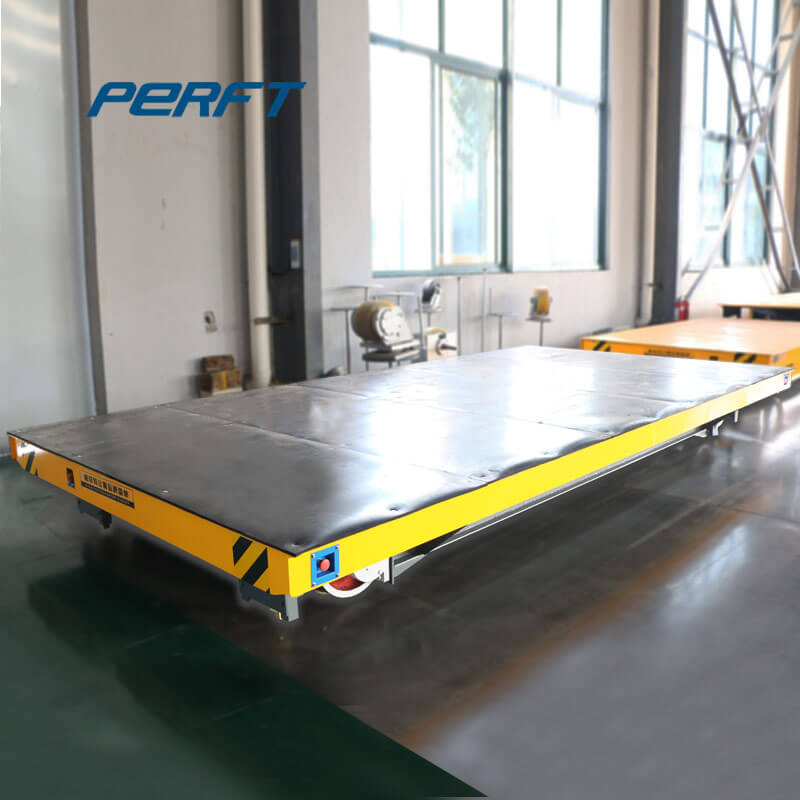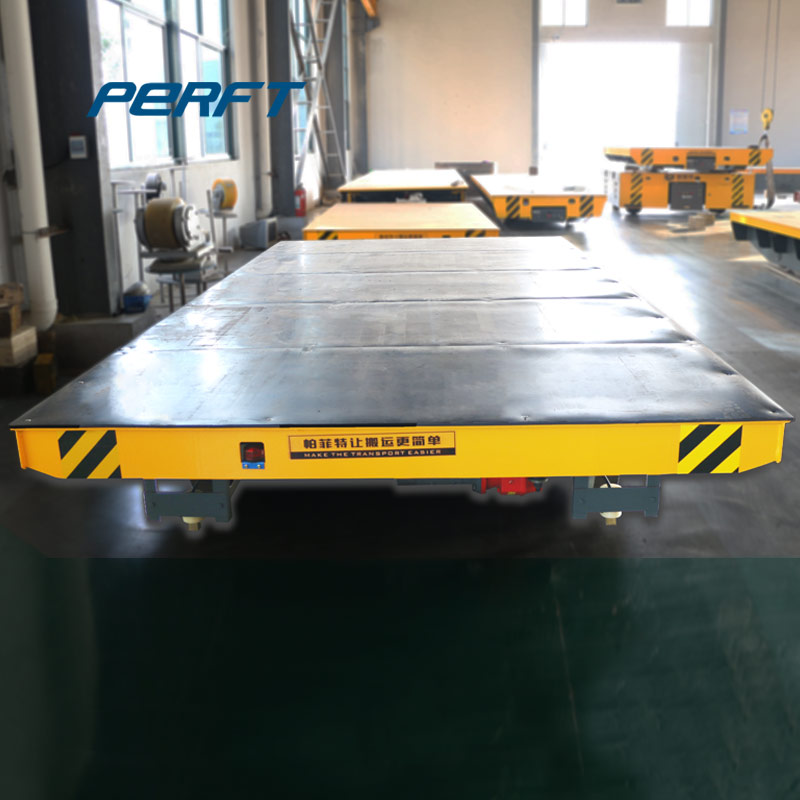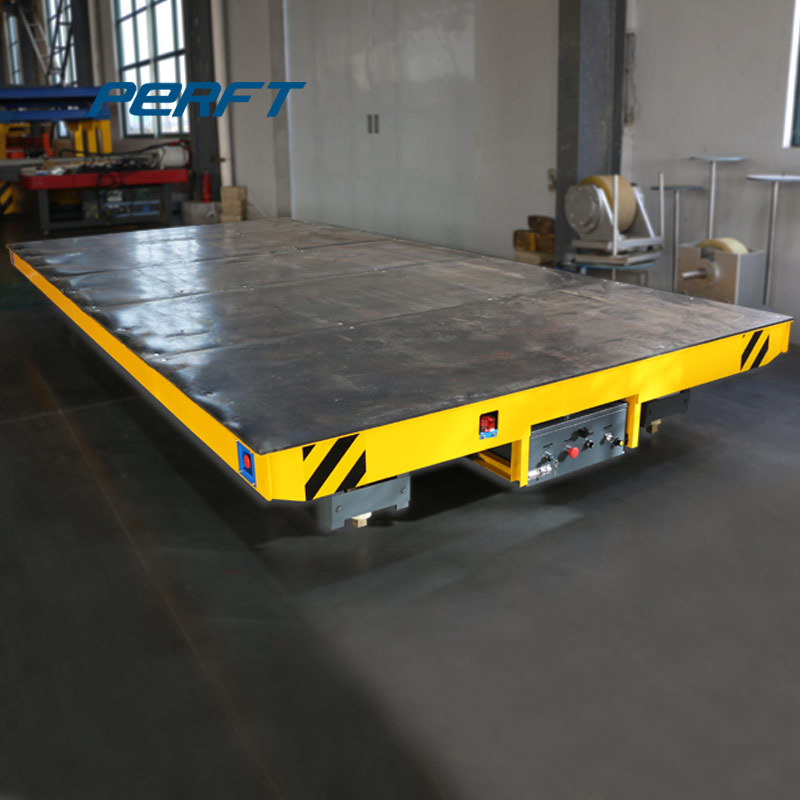


.jpg)
.jpg)
.jpg)
.jpg)
.jpg)
.jpg)
.jpg)
.jpg)
.jpg)
.jpg)
.jpg)
.jpg)
.jpg)
.jpg)
.jpg)
.jpg)
.jpg)
.jpg)
.jpg)
.jpg)
.jpg)
.jpg)
.jpg)
.jpg)
.jpg)
.jpg)
.jpg)
.jpg)
.jpg)
.jpg)
.jpg)
.jpg)
.jpg)
.jpg)
.jpg)
.jpg)
.jpg)
.jpg)
.jpg)
.jpg)
.jpg)
.jpg)
.jpg)
.jpg)
.jpg)
.jpg)
.jpg)
.jpg)
.jpg)
.jpg)
.jpg)
.jpg)
.jpg)
.jpg)
.jpg)
.jpg)
.jpg)
.jpg)
.jpg)
.jpg)
.jpg)
.jpg)
.jpg)
.jpg)
.jpg)
.jpg)
.jpg)
.jpg)
.jpg)
.jpg)
.jpg)
.jpg)
.jpg)
.jpg)
.jpg)
.jpg)
.jpg)
.jpg)
.jpg)
.jpg)
.jpg)
.jpg)
.jpg)
.jpg)
.jpg)
.jpg)
.jpg)
.jpg)
.jpg)
.jpg)
.jpg)
.jpg)
.jpg)
.jpg)
.jpg)
.jpg)
.jpg)
.jpg)
.jpg)
.jpg)
Unit train. A unit train, also called a block train or a trainload service, is a train in which all cars (wagons) carry the same commodity and are shipped from the same origin to the same destination, without being split up or stored en route. They are distinct from wagonload trains, which comprise differing numbers of cars for various customers.
General Instruction Pages Locomotive and Rolling Stock Data Version 2.0 December 2011 Australian Rail Track Corporation Perfect Transfer Cart SECTION 10 – Page 1 EXPLANATION OF NOTES: FOR LOCOMOTIVE AND ROLLING STOCK DATA a These vehicles when loaded to a maximum of 80 tonnes are restricted to routes and speeds as follows when so loaded:
Power Calculations. The Power required to move a train is defined by a simple formula: P=TS/375. Where P is power in horsepower at the rails, T is tractive effort in pounds and S is speed in miles per hour. The engine horsepower at the flywheel is reduced by the auxiliaries such as air compressor, cooling fan, charging alternator, traction
But the diluent penalty is far worse for rail since the rail rate, loading and unloading terminal fees and lease car costs have to be normalized to one barrel of bitumen. Diluent transportation = 30/70 x
Sterling Rail,Perfect - Railroad Classified Ads, Buy and Sell Locomotives, Rail Cars, Railroad Equipment, Passenger Cars, and MOW. Click Here for Details Trackmobile ATLAS Can move twice as many railcars! 35,000 BTU with 550 CFM HVAC Heavy-duty Foam
The transfer car can start, stop, go forward, backward, etc. by this principle. Main Feature: 1.Capacity up to 1,000 tons. 2.Maintenance Free Battery (Reducing maintenance) 3.Intelligent Charger (Low noise, rapid charge, automated stop, prolong the battery’s lifetime) 4.Low battery alarm device. It will alarm, when the battery power is too low.
21/4/2009 · Say you wanted to move it 5m in 30seconds and it's stopped by just hitting a buffer (so you don't need any force to slow it down) The speed equation is distance = 1/2 acceleration * time^2 and F = ma. So force = mass * 2 * distance/time^2 = 6800kg * 2 *5 /30^30 = 75N or 15 lbf. Jan 30, 2009.
A jumbo hopper car can carry about 100 tons of cargo, or 3,500 bushels, which equates to roughly 200,000 pounds. A 125-ton freight car can carry 125 tons, or about 4,450 bushels, which equals about 250,000 pounds. The train is capable of traveling at higher speeds, and a truck must wait at a crossing, while the train always has the right of way.
condensate, and compressed air lines, and sulphur transfer systems to rail tank cars, monitor melting of sulphur in rail tank cars, and conduct a transfer of molten sulphur from a rail tank car. Operations Managers should ensure that personnel follow
Rail freight transportation is featured in Freight Facts and Figures, the Freight Analysis Framework (FAF), the Commodity Flow Survey, TransBorder Freight Data, and Border Crossing Data. BTS publishes Tank Car Data on the use of various types of railroad tank cars for transporting flammable materials and the anticipated replacement of older tank cars with new rolling stock that meets enhanced
Recent forecasts from the Federal Highway Administration found that total U.S. freight shipments will rise an estimated 30% by 2040. To prepare for this demand, freight railroads annually spend, on average, approximately $25 billion — of their own funds, not taxpayer’s — from on infrastructure and equipment, better customer coordination, new communications tools and streamlined operations.
During the late 19th century railroad track could weigh less than 80 pounds (typically measured per yard) but as the decades passed and locomotives and cars grewPerfectr the rails have had to follow. Today, the major rail arteries around the country employ track that weight at least 120 pounds but some can weight up to 140 pounds.
The 54-foot, 100-ton car can carry one M1 tank or two M60 tanks, and the 68-foot, 140-ton car can carry two tanks. Since supply is limited, these cars should be used only for heavy armored